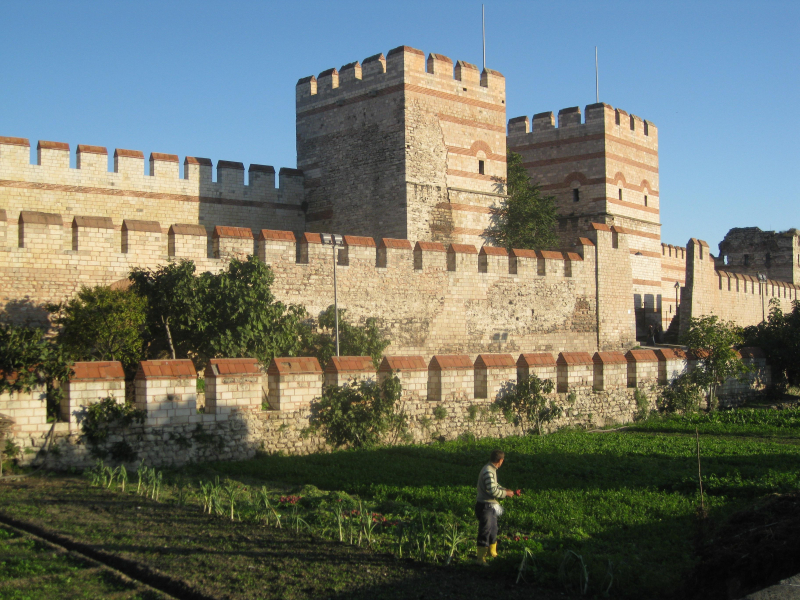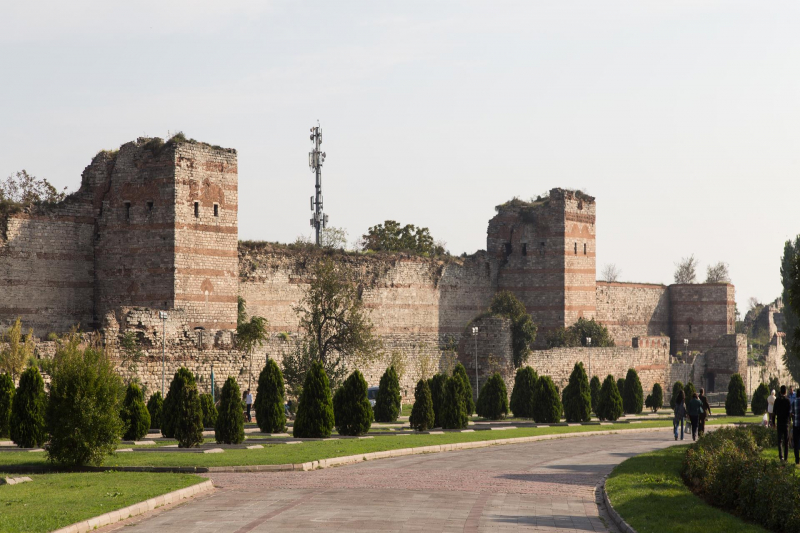The Walls of Constantinople

Since Constantine the Great established Constantinople as the new capital of the Roman Empire, the city has been surrounded and guarded by a series of defensive stone walls known as The Walls of Constantinople. Today, Istanbul is located in Turkey. They were the final great fortification system of antiquity and one of the most intricate and complicated systems ever constructed, having undergone multiple expansions and adjustments throughout its history.
The fortifications that initially protected the fledgling city from attack from both land and sea were constructed by Constantine the Great. The famed double line of the Theodosian Walls was constructed in the fifth century as the city expanded. Even though the other parts of the walls were less ornate, they were nearly impregnable to any besieger from the Middle Ages when well-manned. During sieges by the Avar-Sassanian coalition, Arabs, Rus', and Bulgars, among others, they rescued the city and the Byzantine Empire with it. The defences became susceptible with the introduction of gunpowder siege guns, but the walls could be repaired in between reloads and cannon technology was not advanced enough to conquer the city on its own. After a two-month siege, the city finally surrendered on May 29, 1453, under the weight of the Ottoman soldiers' overwhelming numbers.
The walls were mostly kept intact for most of the Ottoman period, but as the city grew beyond its medieval boundaries in the 19th century, some sections started to be torn down. Many portions of the walls survived and are still standing today despite the lack of upkeep. Since the 1980s, a significant restoration initiative has been under progress.







